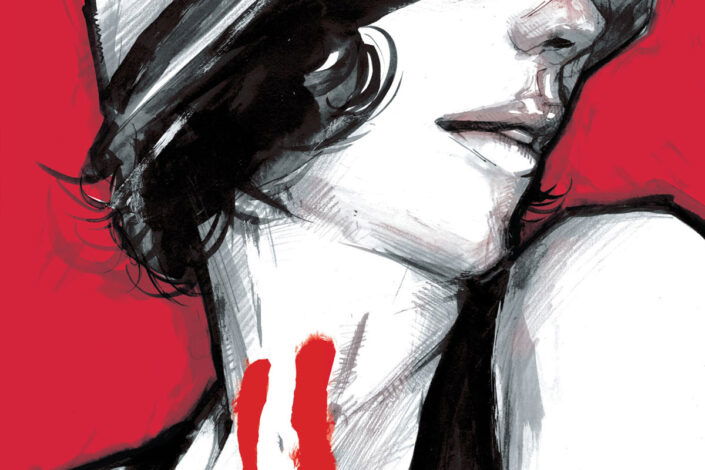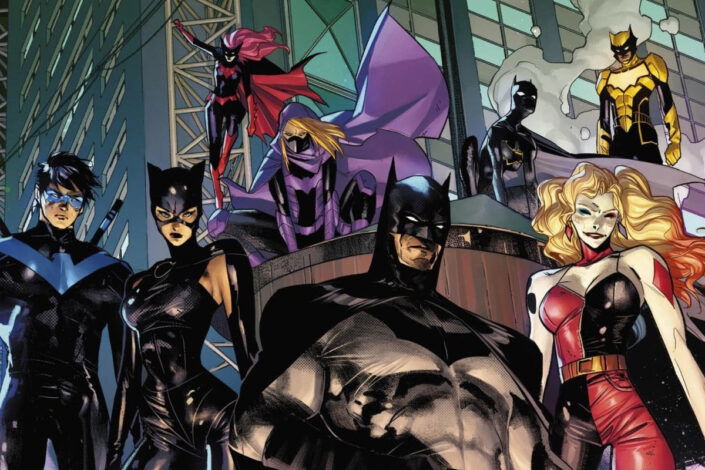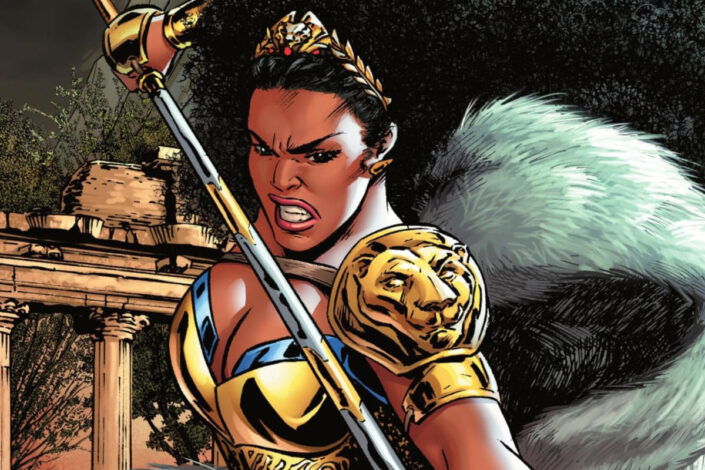
Making his first appearance in Fantastic Four #48, published in 1966, The Silver Surfer didn’t have a name at first. In fact, even Stan Lee who is credited as its co-creator didn’t have an idea of who he was. It was Jack Kirby who imagined him. Following the “Marvel Method, ” Lee pitched to his collaborator “the Galactus trilogy,” a new ambitious story that included the god-like creature Galactus, but no surfer.
Charged with coming up with the details while plotting and drawing the book, Kirby apparently thought that an entity as powerful as Galactus would certainly require “a herald who could serve as an advance guard.” Kirby simply called him “The Surfer,” and draw him as a gleaming bald man on a surfboard. Stan Lee loved the character and bring him back for more FF stories before giving him his own solo book two years later.
With artist John Buscema, Lee worked at giving a backstory to the surfer–without consulting Jack Kirby. We learned that he was Norrin Radd and he offered Galactus to take him as his herald in exchange for the life of the inhabitants of his home planet, Zenn-La. Lee loved the Surfer so much that he prohibited anyone to use him without his approbation. This stands until the 1980s.
In 1982, John Byrne wrote and draw a Silver Surfer one-shot, then the second ongoing series was launched with Steve Englehart as the writer. But it was when Jim Starlin, then Ron Marz, took over (after #31) that the book really found its success–leading to the Infinity Saga. The series ran 146 issues, through 1998.
At the beginning of the 2000s, the Silver Surfer came back for a short series before appearing in the famous Annihilation event, but he only got multiple miniseries after that for some years. It was only in 2014 that he got another ongoing series, this time in a different style than the previous ones, as writer Dan Slott wrote it as a Doctor Who-inspired adventure–drawn by Mike Allred.
As a Marvel character, Silver Surfer is really powerful and moves fast. He wields the Power Cosmic, granting him superhuman strength, endurance, and senses and the ability to absorb and manipulate the universe’s ambient energy. He fought villains like Doctor Doom, Mephisto, Thanos, and more. He teamed up with the Fantastic Four of course, but also with the Hulk, Namor, and Doctor Strange in “The Defenders.” He saved the Universe, found love (more than once), dealt closely with symbiotes, was displaced in time, and more.
Read More »Silver Surfer Reading Order









